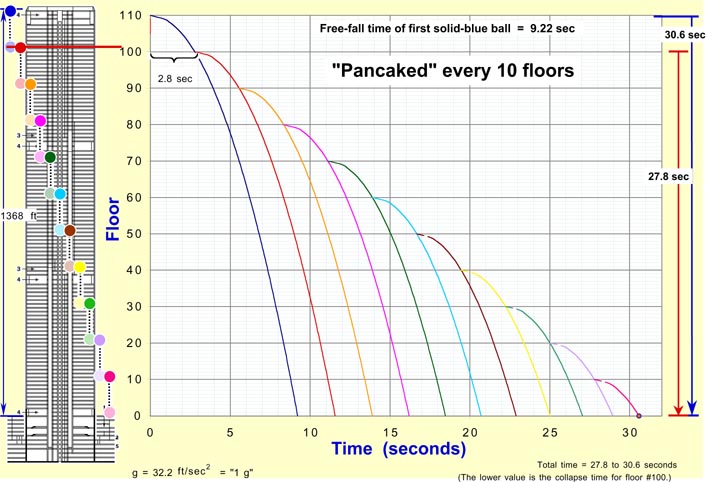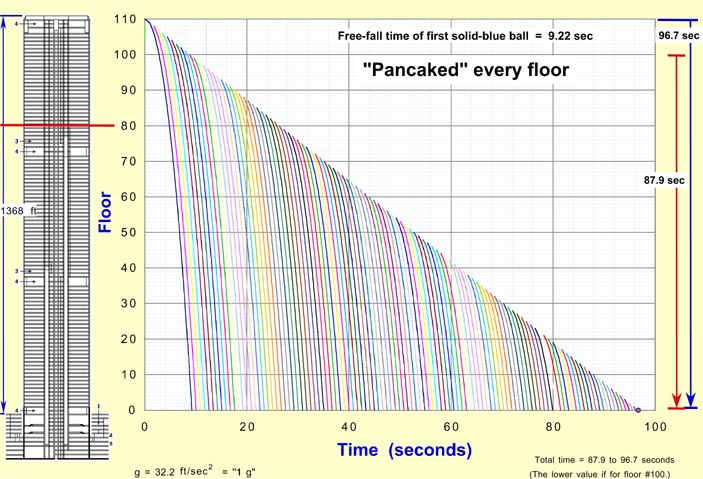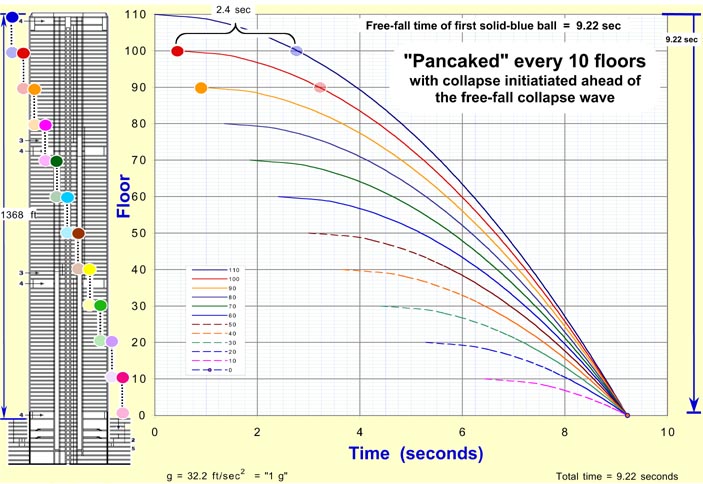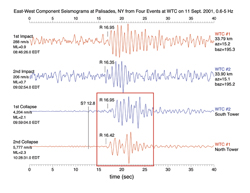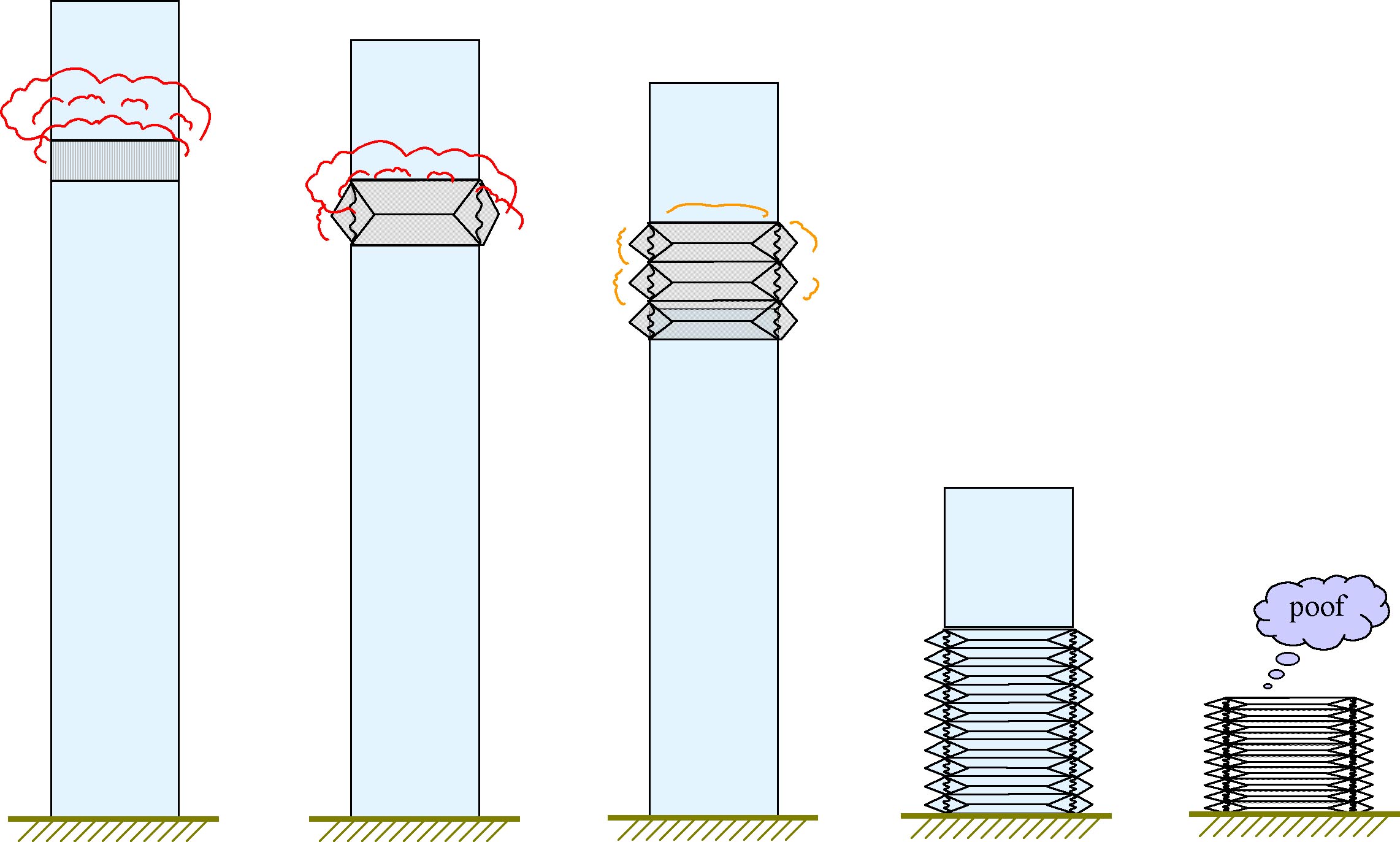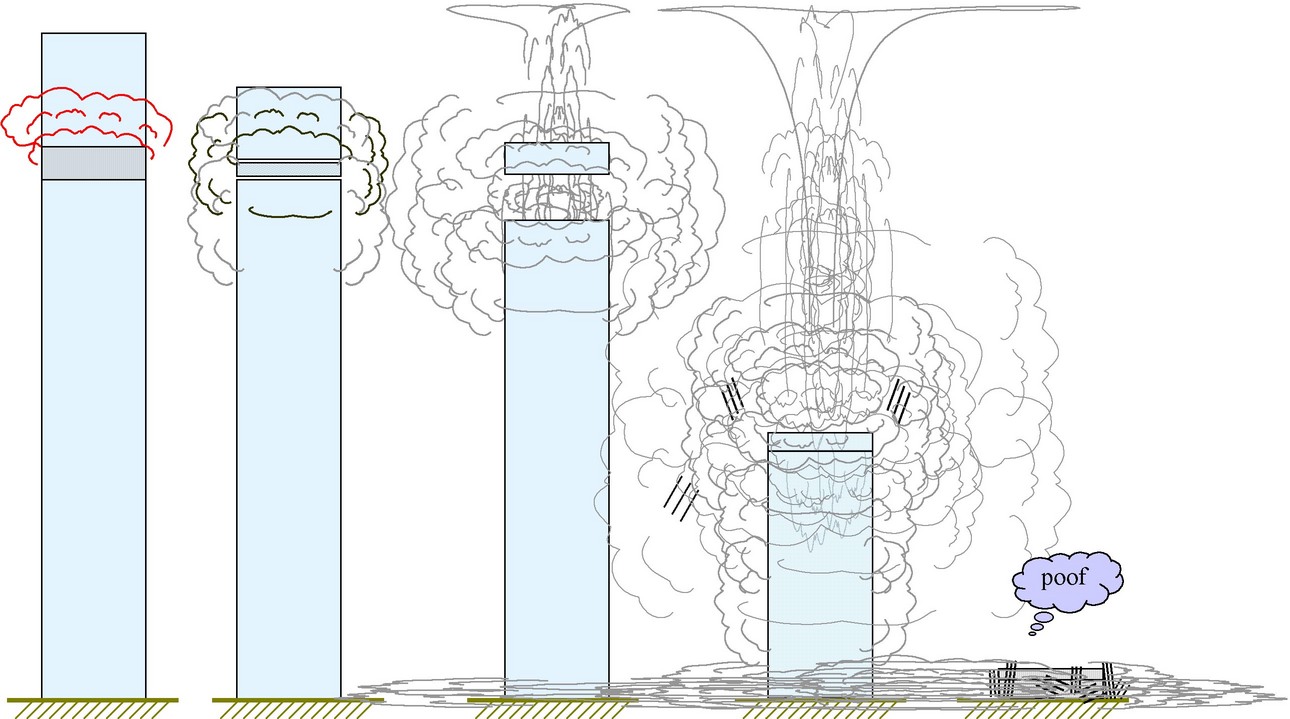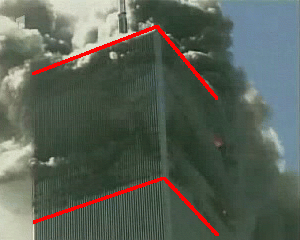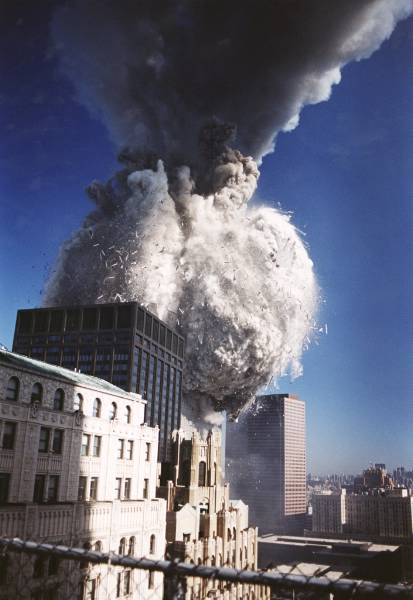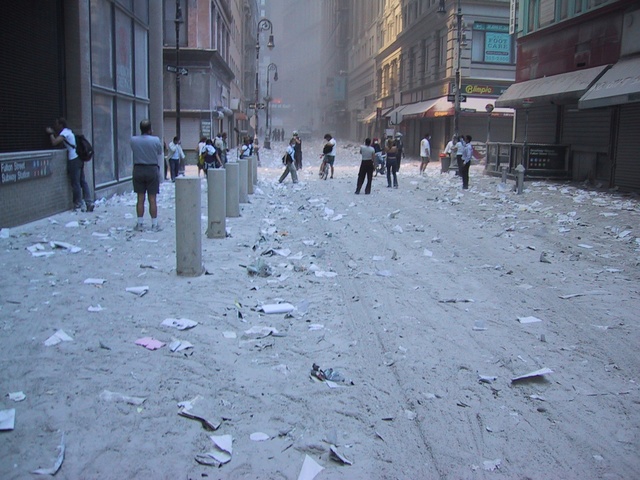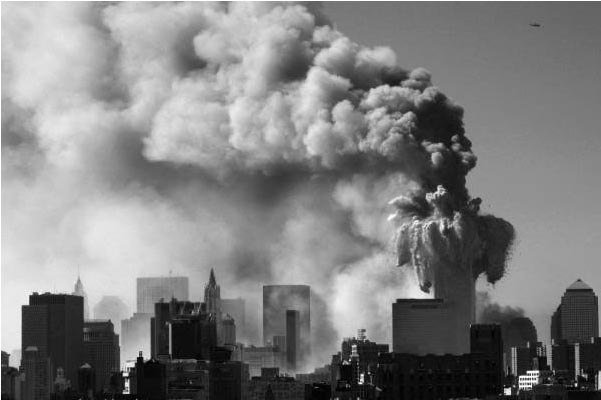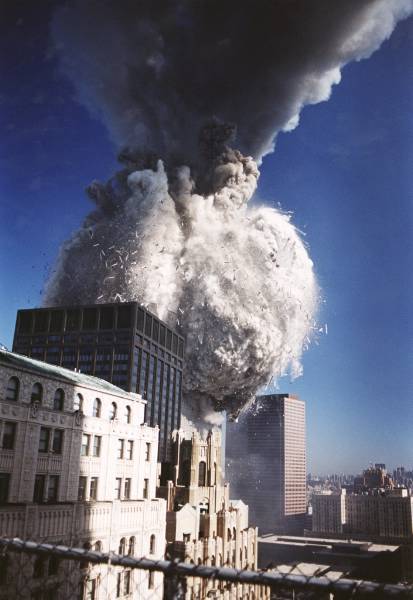Voluntary Society - Conditioning - Conspiracy
9/11, 9-11, 911 - WTC Demolition
|
bottom
|
||||||||||||||||||||||||||||||||||||||||||||||||||||||||
|
|
|||||||||||||||||||||||
|
|
|
|
|
9/11 Truth: Structural Failures
vs. Controlled Demolitions
|
|
References 2. Page 305, 9/11 Commission Report, Chapter 9., html, pdf 3. The height of the South Tower (WTC2) is 1362 feet, and the height of the North Tower (WTC1) is 1368 feet. 4. Seismology Group, Lamont-Doherty Earth Observatory, Columbia University 5. Wayne Trumpman (September 2005) 6. Jim Hoffman 7. D.P. Grimmer, June 20, 2004 8. Fact Sheet (Answers to Frequently Asked Questions) by NIST
|
|
|
|||||||||||||||||||||||||||||||||||
|
|
|
|
jump to NoCollapse
video
|
|
|
|
|||||||||||||||
|
Shortcuts:
|
|
|
Jump
to: dust
Jump to: NoCollapse Jump to: Appendix A Jump to: Conservation of Momentum Jump to: Conservation of Energy Jump to: Appendix B |
|
|
CriticsCorner
|
|
In accordance with Title 17 U.S.C. Section 107, the articles posted on this webpage are distributed for their included information without profit for research and/or educational purposes only. This webpage has no affiliation whatsoever with the original sources of the articles nor are we sponsored or endorsed by any of the original sources. © 2006-2007 Judy Wood and the author above. All rights reserved. |
| Home | Conditioning | Conspiracy | 911 | Demolition |

